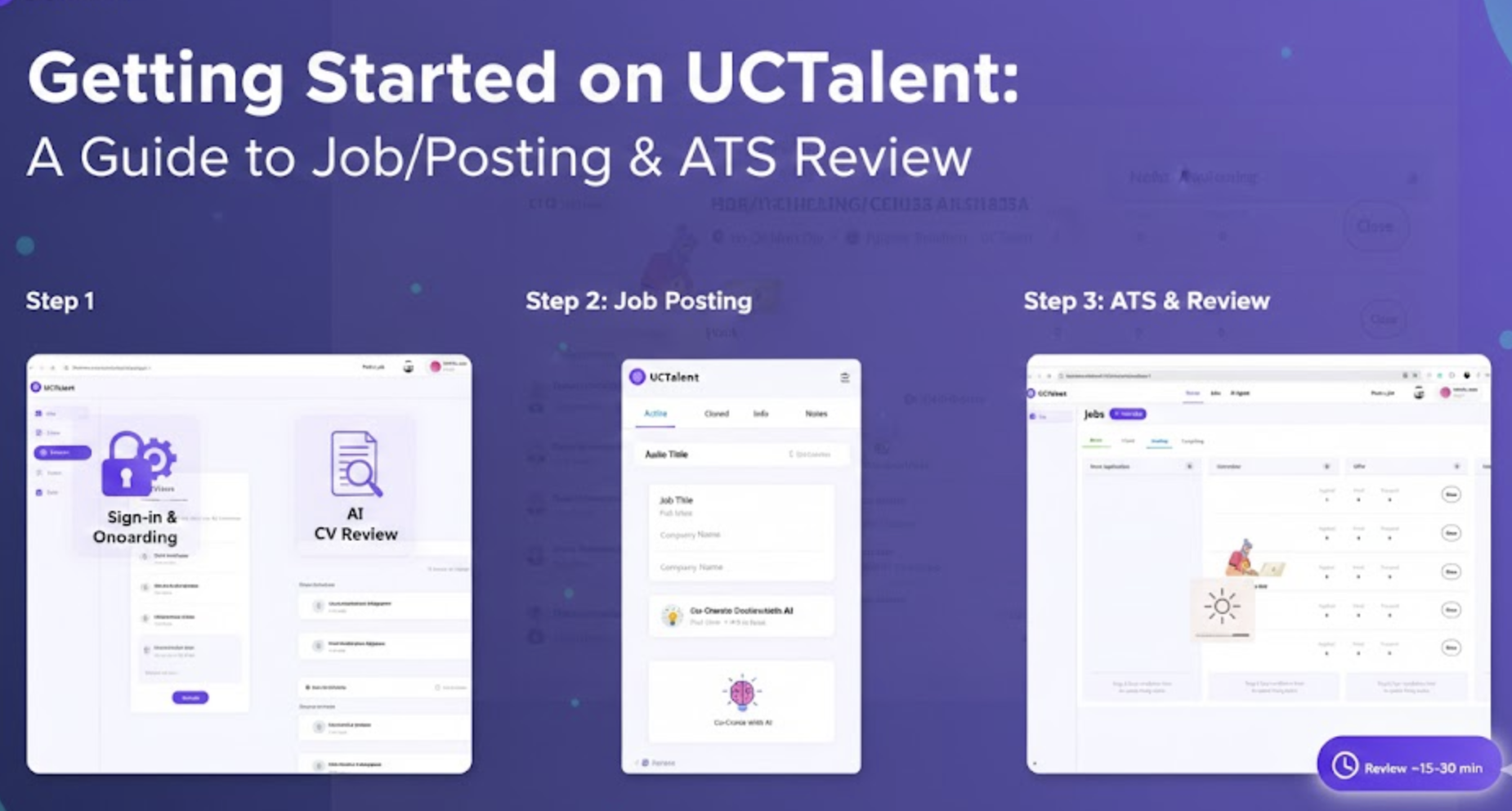Front-End vs Back-End Engineers: Key Roles and Skills in Web Development
Web3, the decentralized internet of the future, represents a significant paradigm shift from traditional web development. This shift is driven by blockchain technology, smart contracts, and decentralized applications (dApps), bringing about new roles and responsibilities for front-end and back-end engineers. As businesses and developers embrace decentralized platforms, understanding the unique challenges and opportunities for web development in Web3 becomes crucial. In this article, we’ll explore the roles of front-end and back-end engineers in Web3, their specific skill sets, and how they work together to build decentralized applications.
What Is a Front-End Engineer in Web3?
A front-end engineer in Web3 is responsible for building the user interface (UI) and user experience (UX) of decentralized applications. Much like in Web2, front-end engineers work on the client-side, ensuring that users can interact with the application seamlessly. However, in Web3, front-end engineers must also understand how to interact with blockchain networks and smart contracts.
Key Responsibilities of a Web3 Front-End Engineer
- Building dApp Interfaces: Front-end engineers in Web3 are tasked with creating interfaces that allow users to interact with decentralized applications. These interfaces need to be intuitive and user-friendly, given that Web3 is still a relatively new concept for many users.
- Integrating Smart Contracts: One of the key challenges in Web3 front-end development is integrating smart contracts. Front-end engineers work closely with smart contract developers to enable users to send and receive transactions on the blockchain through the UI.
- Wallet Integration: Wallets like MetaMask, WalletConnect, and Coinbase Wallet play a critical role in Web3. Front-end engineers must ensure seamless integration with these wallets, allowing users to sign transactions and interact with the blockchain.
- Decentralized Data: Unlike Web2, where data is stored on centralized servers, Web3 applications often store data on decentralized storage systems like IPFS (InterPlanetary File System). Front-end engineers need to be familiar with these systems to retrieve and display data correctly.

Essential Skills for Web3 Front-End Engineers
- HTML/CSS/JavaScript: These core web technologies remain foundational for Web3 front-end development.
- React.js/Next.js: Popular JavaScript frameworks like React are widely used in Web3 for building responsive and dynamic interfaces.
- Web3.js and Ethers.js: These JavaScript libraries are critical for interacting with the Ethereum blockchain and smart contracts. Front-end engineers use these libraries to connect dApps to decentralized networks.
- Blockchain Fundamentals: A strong understanding of blockchain technology, smart contracts, and cryptocurrencies is essential for front-end engineers in Web3.
- Wallet Integration: Front-end engineers must know how to integrate wallet services, manage user authentication, and handle blockchain transactions securely.
Some recruitment jobs you can refer to:
What Is a Back-End Engineer in Web3?
In Web3, the role of a back-end engineer shifts from traditional server-side logic to managing decentralized networks, blockchain nodes, and smart contracts. A Web3 back-end engineer is responsible for creating and maintaining the infrastructure that powers decentralized applications. While traditional back-end tasks like database management and server logic are still necessary, much of the back-end work in Web3 revolves around the blockchain.
Key Responsibilities of a Web3 Back-End Engineer
- Smart Contract Development: One of the most critical aspects of Web3 back-end engineering is writing and deploying smart contracts. These self-executing contracts are at the heart of decentralized applications, handling everything from transactions to governance mechanisms.
- Blockchain Node Management: Web3 back-end engineers often manage and interact with blockchain nodes. This includes ensuring that nodes stay in sync with the network and can process transactions efficiently.
- Decentralized Storage Integration: Back-end engineers in Web3 often work with decentralized storage solutions like IPFS or Arweave to store and retrieve data without relying on a centralized database.
- Security and Auditing: Security is paramount in Web3, where a single bug in a smart contract could lead to significant financial losses. Back-end engineers must ensure the security of smart contracts and other decentralized protocols.
- APIs for Blockchain Interaction: Web3 back-end engineers often build and maintain APIs that enable the front-end to interact with the blockchain, such as querying data from smart contracts or retrieving user balances.

Essential Skills for Web3 Back-End Engineers
- Solidity: Solidity is the most widely used language for developing smart contracts on Ethereum and other Ethereum Virtual Machine (EVM)-compatible blockchains. Mastery of Solidity is a must for back-end engineers in Web3.
- Rust: Rust is commonly used for developing smart contracts on blockchains like Solana and Polkadot. It’s another essential skill for Web3 back-end developers.
- Node.js: Node.js remains a popular choice for building back-end APIs that interact with the blockchain and serve data to the front-end.
- Blockchain Protocols: Understanding how different blockchain networks operate, including consensus mechanisms like Proof of Work (PoW) and Proof of Stake (PoS), is crucial for Web3 back-end engineers.
- Smart Contract Security: Given the immutability of blockchain, back-end engineers must be adept at identifying and mitigating security vulnerabilities in smart contracts.
Some recruitment jobs you can refer to:
Collaboration Between Front-End and Back-End Engineers in Web3
In Web3 development, front-end and back-end engineers collaborate closely to ensure seamless interaction between users and the blockchain. This collaboration often revolves around:
- Smart Contract Integration: Front-end engineers rely on back-end engineers to develop and deploy smart contracts that handle blockchain transactions. The front-end team then integrates these contracts to enable user interaction.
- Data Management: With decentralized storage and blockchain data retrieval, front-end engineers work with back-end engineers to fetch and display real-time data from the blockchain in a user-friendly way.
- Security Practices: Security is a shared responsibility in Web3. Front-end engineers handle user authentication and wallet integration, while back-end engineers focus on smart contract security and transaction integrity.
Conclusion
The transition from Web2 to Web3 brings exciting new challenges and opportunities for both front-end and back-end engineers. While traditional web development skills remain relevant, Web3 development requires engineers to adapt to decentralized networks, smart contracts, and blockchain technologies. As businesses increasingly adopt Web3, skilled front-end and back-end engineers will be in high demand to create the next generation of decentralized applications.
Visit UCTalent.io to discover exciting job openings that match your skills. Start your career journey with UCTalent today!







.png)




